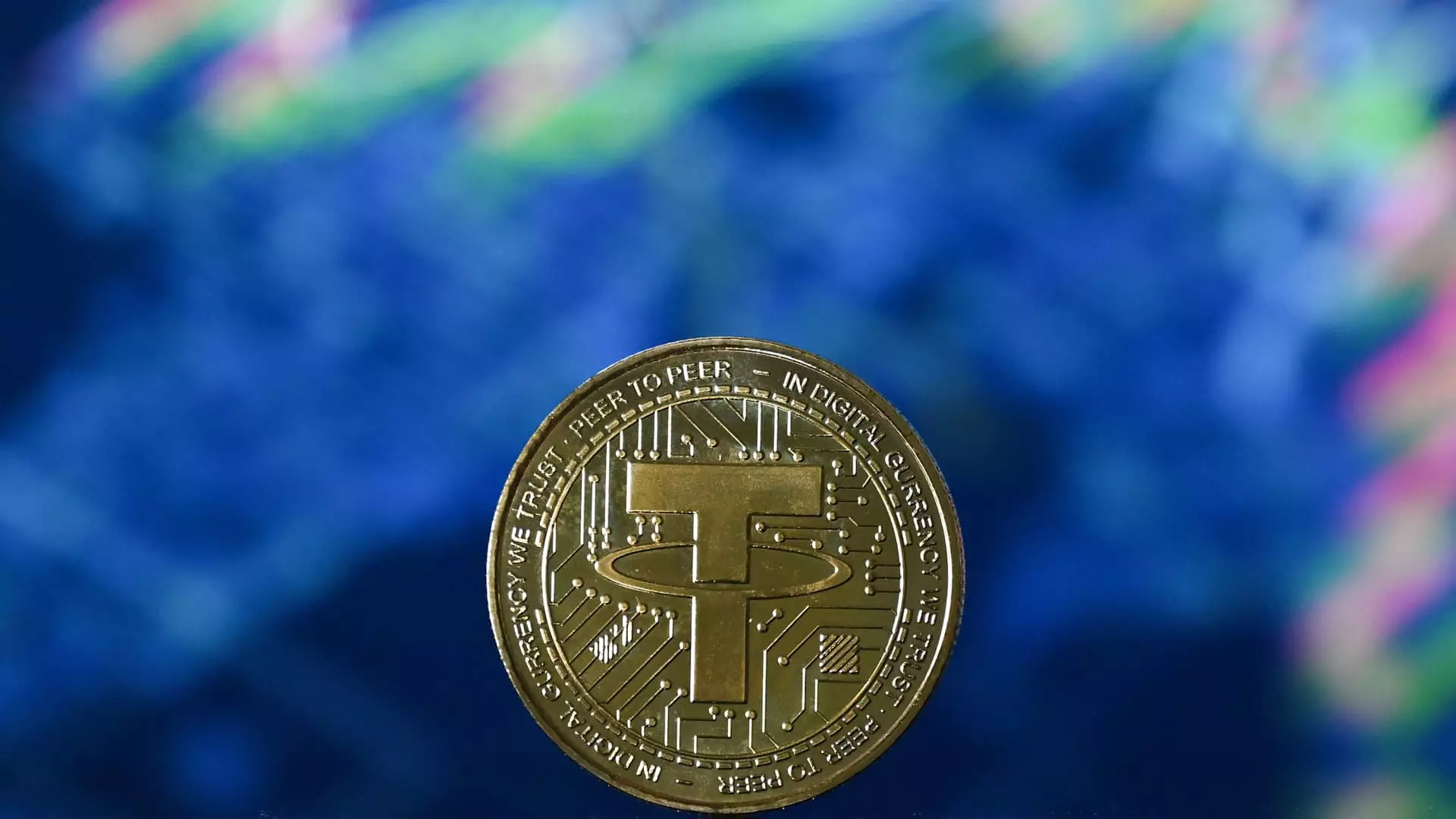The recent pronouncement from the Securities and Exchange Commission (SEC) regarding certain types of stablecoins indicates a significant shift in regulatory clarity. The agency’s Division of Corporate Finance has articulated that “covered stablecoins”—those pegged one-to-one with the U.S. dollar and based on low-risk assets—do not qualify as securities. This announcement is not merely a mundane bureaucratic clarification; it represents a promising shift for the cryptocurrency landscape, especially as optimism builds concerning forthcoming legislation on digital assets.
The appeal of “covered stablecoins” lies in their design. Unlike many cryptocurrency assets that fluctuate wildly in value, these stablecoins offer a semblance of stability in an unpredictable market. Understanding the SEC’s criteria for categorizing these digital currencies is pivotal. The decision not to consider them securities effectively liberates a segment of the financial market, potentially allowing for broader adoption and less stifling regulation. However, the SEC’s cautionary wording—that issuers cannot pay interest to users—raises questions about the future utility and attractiveness of these products.
The Potential Impact of Legislative Developments
Recent legislative efforts to regulate the stablecoin space are indicative of a growing recognition of their significance in both cryptocurrency and traditional finance. With Congress poised to deliberate on two competing bills—namely, the Stablecoin Transparency and Accountability for a Better Ledger Economy Act (STABLE) and the Guiding and Establishing National Innovation for U.S. Stablecoins Act (GENIUS)—the stakes are high for crypto proponents who argue for a balanced regulatory approach.
The fact that prominent figures like President Trump are pushing for swift movement on stablecoin legislation suggests that they are being recognized as essential financial tools, rather than speculative assets. This transformation is critical; if regulatory hurdles are minimized, we might witness a surge in innovations that harness stablecoins for practical applications, from payments to decentralized finance (DeFi) solutions.
Yet, this regulatory journey is not without its challenges. Industry stakeholders, notably Coinbase’s CEO Brian Armstrong, have voiced concerns about the prohibition of interest payments to holders of covered stablecoins. His call for legislative change targets a fundamental aspect of investing that could enhance user engagement and market stability. As yield-bearing assets become increasingly appealing in the broader financial landscape, the SEC’s rigid stance may backfire if it curtails investment flow into stablecoins.
Market Dynamics: The Rise of Stablecoins
The market dynamics surrounding stablecoins are evolving rapidly. With their market value swelling nearly 47% over the past year, they are stepping into the limelight as a potential “killer app” for crypto adoption. Tether and USD Coin have solidified their dominance, yet the landscape is shifting as new players eager to offer yield-bearing products emerge in response to consumer demand.
The stark contrast between covered stablecoins and yield-bearing alternatives captures the tension within the broader cryptocurrency ecosystem. The SEC’s regulations imply that yield-bearing stablecoins could face stringent scrutiny and be categorized as securities, limiting their potential in the burgeoning crypto economy. Not only does this create a divide among stablecoins, but it may also prompt innovation around compliant offerings that satisfy both user needs and regulatory standards.
Bitcoin and Ethereum might dominate the headlines, but stablecoins serve as the regulatory bridge between traditional finance and the rapidly evolving world of cryptocurrencies. By facilitating a stable medium of exchange that also meets regulatory benchmarks, stablecoins could emerge as indispensable tools for both consumers and institutions.
The Future of Stablecoins and Regulatory Challenges
As the cryptocurrency industry stands on the cusp of potential game-changing regulations, the SEC’s latest guidance creates an intriguing backdrop for what comes next. With major financial players like Circle filing for IPOs and the continuous development of innovative financial products, stakeholders must navigate a complicated regulatory landscape.
The SEC’s framework highlights that while covered stablecoins may have safe harbor from being treated as securities, the broader market for yield-bearing stablecoins faces uncertainty. This critical dichotomy underscores a regulatory environment that is not only volatile but also full of untapped potential. With continuing dialogues among lawmakers, industry leaders, and regulators, the landscape may still allow for more favorable terms that help propel the stability and growth of digital currencies.
In this climate of swift change, understanding the implications of SEC statements and legislative action on stablecoins becomes essential for stakeholders across the financial spectrum. Enthusiastic investors, innovators, and consumers alike must remain vigilant, not just in monitoring regulations, but also in advocating for an ecosystem that supports fair, innovative, and balanced financial solutions.

